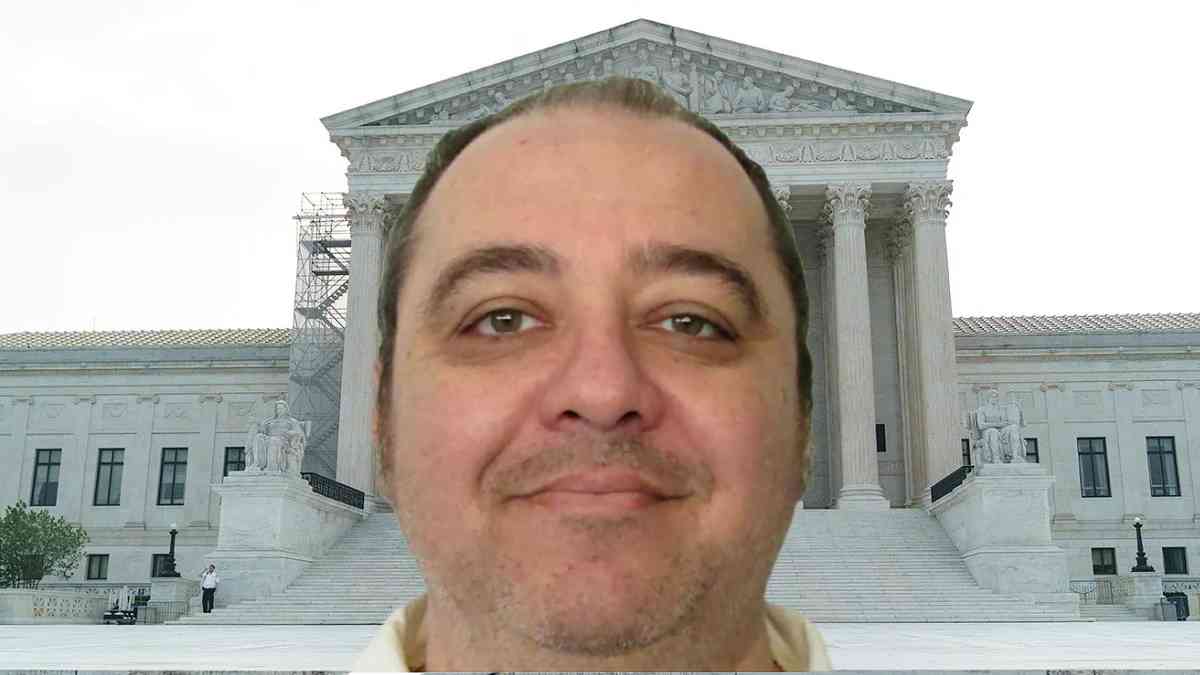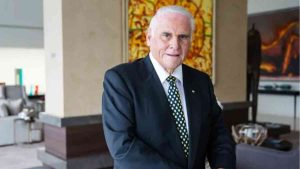In a landmark event that has sent shockwaves through the crook justice machine, Alabama recently completed death row inmate Kenneth Smith using nitrogen gas, ushering in an entirely new method of capital punishment inside the United States. This groundbreaking execution method has sparked severe debate, with professionals weighing in on its capability for inflicting excessive pain or even torture.
Kenneth Eugene Smith’s adventure to the execution chamber started out with his conviction for his involvement in a 1988 murder for hire. Sentenced to death, Smith confronted Alabama’s initial try to execute him by lethal injection in 2022. However, he managed to survive that ordeal, putting the level for a contentious criminal conflict and, in the end, his execution via nitrogen gas.
The US Supreme Court’s Role
The US Supreme Court played a pivotal position in the lead as much as Kenneth Smith’s execution. Despite remaining-minute appeals to halt the execution, the Supreme Court denied his requests both on Wednesday and Thursday, paving the manner for the historical nitrogen fuel execution.
On the fateful night, Kenneth Smith met his loss of life at 8:25 p.m. Nearby time, and the execution was performed using nitrogen gas. Witnesses suggested that Smith made a prolonged statement before his loss of life, expressing sentiments of love and gratitude for people who supported him. However, what accompanied raised eyebrows and intensified the controversy surrounding nitrogen gasoline execution.
Smith seemed to be aware for numerous minutes into the execution, at some point of which he exhibited involuntary movements and agonal respiratory – a gasping phenomenon usually found in people nearing death. His dying, as described by witnesses, was far from the painless and nonviolent process proponents of nitrogen gas execution had promised.
The Controversy Unveiled
The controversy surrounding the nitrogen gasoline execution did now not end with Kenneth Smith’s execution. His non secular adviser, Rev. Jeff Hood, described the execution in image phrases, calling it “the most terrible element” he had ever witnessed. The use of masks to manage the nitrogen gasoline ended in Smith convulsing, repeatedly rising from the gurney, and gasping for breath. This traumatic show has raised critical questions about the humanity of this execution approach.
In the aftermath of Kenneth Smith’s execution, the sufferer’s family, represented by means of Elizabeth Sennett’s sons, expressed their belief that justice had been served. They recounted that nothing could convey their mother’s lower back and emphasized their forgiveness for Smith’s actions greater than three decades ago. Their attitude sheds light on the emotional toll that prolonged prison battles and executions can have on the families of victims.
Smith’s Legacy
Kenneth Smith’s prison crew, deeply saddened by the aid of his death, highlighted aspects of his life that extended beyond his crook movements. They stated his sincere exercise of religion, his journey to sobriety, and his efforts to assist fellow inmates in attaining equality. While recognizing the pain triggered by the Sennett family and buddies, Smith’s felony group is referred to for a broader consideration of his life.
Despite the emergence of nitrogen gas execution, many details stay shrouded in mystery. The nation’s posted protocol carries redactions that experts accept as true and shield key information from public scrutiny. State authorities argue that those redactions are necessary for protection motives and assert that dying by nitrogen gasoline may be the most humane approach to execution ever devised. However, skepticism persists.
The Skepticism
Kenneth Smith and his spiritual adviser, Rev. Hood, expressed their skepticism about nitrogen fuel execution, urging the world no longer to turn a blind eye to what they knew as an “ethical apocalypse.” The loss of transparency surrounding the execution method blended with its untested nature, has left many involved with the potential for cruelty and struggle.
Alabama’s use of nitrogen hypoxia, followed in 2018, sets it apart from other states inside the United States. Only different states, Oklahoma and Mississippi, have permitted using nitrogen for executions, and Alabama remains the simplest nation with a particular protocol for its implementation. The technique entails replacing the inmate’s breathable air with a hundred nitrogen, depriving the body of oxygen. Proponents argue that this system ought to be painless, drawing parallels with deadly commercial injuries or suicides.
Expert Concerns
However, professionals and international bodies, together with a group of United Nations specialists, have raised critical worries about nitrogen gas execution. They contend that it can result in a painful and humiliating demise, emphasizing the lack of scientific proof assisting its painlessness. The controversy surrounding nitrogen gasoline execution has extended beyond America and garnered global interest.
The execution of Kenneth Eugene Smith and the use of nitrogen gasoline marks an enormous turning factor within the records of capital punishment inside the United States. This new technique has ignited extreme debate, with proponents declaring its humanity and opponents decrying it as a potential supply of cruelty and struggle. As the country grapples with the consequences of nitrogen gas execution, the Kenneth Smith case serves as a stark reminder of the complicated and contentious nature of the death penalty in present-day society.






















+ There are no comments
Add yours